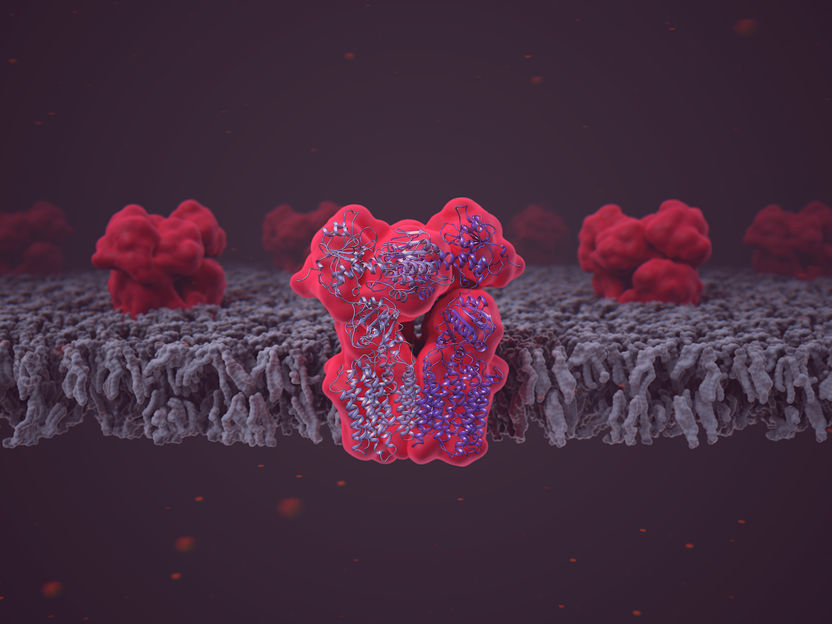Genencor and SLAC (Stanford Linear Accelerator Center) Scientists Announce Breakthrough in Pathway Engineering
Efficient design of cell factories could speed biorefinery development
Scientists from SLAC (Stanford Linear Accelerator Center) and Genencor International, Inc. nnounced a breakthrough in the ability to compute, in record time, all possible metabolic behaviors open to a microorganism.
"This development will allow us to reverse engineer a microorganism to create the product of choice," said Michael V. Arbige, Genencor's senior vice president, Technology. "We can go from a small target molecule back to the pathway and then back to the gene. The algorithm will mine the public genomes so we have a list of gene sequences to assemble the cell factory to express the target molecule. This important advancement industrializes the process of developing of co-products in a biorefinery."
The work, which was supported in part by the Department of Energy, will be presented at the upcoming Computational Systems Bioinformatics Conference hosted by the IEEE Computer Society, August 2004 at Stanford, CA. SLAC and Genencor scientists constructed a parallel algorithm that accelerates the calculation of the basis governing all possible metabolic behaviors.
The parallel algorithm can calculate the full spectrum of possible phenotypes in seconds versus hours or even days, as was previously the case. Scientists from Genencor and SLAC used 70 2.4 GHz Intel Pentium-IV CPUs, to compute, in under 280 seconds, the more than 10,000 pathways by which Escherichia coli can consume glycerol.
Since ancient times humans have utilized the metabolic capabilities of microorganisms to generate diverse products including amino acids, antibiotics, vitamins and alkaloids. A better understanding of how microorganisms work has increased our ability to exploit them for numerous applications.
One of the best recent examples of modifying the metabolic and physiological properties of microbes to obtain better commercial processes is the development by Genencor and DuPont (Wilmington, DE) of an E. coli strain that uses corn to produce 1,3-propanediol (PDO), an intermediate utilized for the production of polyester fibers such as Sorona® for use in clothing, carpets and automobile interiors. To redirect cellular metabolism towards PDO synthesis, scientists introduced 20 genomic modifications that affected hundreds of genes within E. coli. The entire process took several years.
The radical decrease in the time required to compute the reaction spectrum paves the way for new applications in metabolic engineering and beyond. The applications of such algorithms are numerous-ranging from designing novel ways for manufacturing biochemicals and biomaterials consistent with the demands for improved sustainability, to better understanding disease pathways.
Other news from the department science

Get the life science industry in your inbox
By submitting this form you agree that LUMITOS AG will send you the newsletter(s) selected above by email. Your data will not be passed on to third parties. Your data will be stored and processed in accordance with our data protection regulations. LUMITOS may contact you by email for the purpose of advertising or market and opinion surveys. You can revoke your consent at any time without giving reasons to LUMITOS AG, Ernst-Augustin-Str. 2, 12489 Berlin, Germany or by e-mail at revoke@lumitos.com with effect for the future. In addition, each email contains a link to unsubscribe from the corresponding newsletter.
More news from our other portals
Last viewed contents
UCSF_Chimera
Collaboration between Pfizer and Evotec - Licence and collaboration agreement in tissue fibrosis
Platypus
Ecological_economics
Brain cells divide the work to recognize bodies
Copper(I)_iodide





















































